Most of my life in corporate America was spent solving problems. I worked in technical arenas, first, in the digital imaging field, just as digital cameras were emerging to replace the bulk of Kodak’s film production industry. After that, I moved on to a couple educational software publishers, eventually heading up their technical support organizations. The cube farm was my life. Tech support groups exist because there are always problems, and I was solving problems all…day…long. And while, for most of my tenure, I wasn’t directly interacting with the ground level problems, the organizational and process problems were knotty nightmares.
At the ends of some of those days, my husband would ask where I’d like to go to dinner. Great problem to solve, right? No. I didn’t want to make one more bloody decision. Just feed me.
When I meet people now, around my art work, they often ask how long I’ve been painting and what I did before, they are usually surprised to hear of my technical background. They think the two worlds are polar opposites and require different skill sets. Not so: all art making is is problem solving!
That technical career prepared me in many ways for the creative work I do today
That blank page can sit unmolested for as long as I let it, but the minute a make a mark on it, there is something to be resolved, something to respond to.
Painting and problem solving share a fundamental process of identifying a goal, (sometimes) planning, always experimenting, making decisions, and refining an approach until a desired outcome is achieved. While the domains are different, the underlying cognitive and creative processes can be remarkably similar.
Sometimes I come to the studio with a problem on my mind. Painting intuitively, without planning, or concern for design principles, offers, at the very least, an outlet for expression of the feelings I have around the problem. At best, I finish with a visual (and sometimes visceral) solution to my problem. I don’t actually know how this works, but I chalk it up to the universe working though me, or maybe just stopping to listen to my own wise-woman inner voice. All I know is that it does work.
But what about when there is no problem? When I just come to paint because I love to paint. Does a blank canvas or page inherently offer a problem to be solved? I don’t think so. That blank page can sit unmolested for as long as I let it, but the minute I make a mark on it, well, then there is something to be resolved, something to respond to.
I make each mark in response to the one before
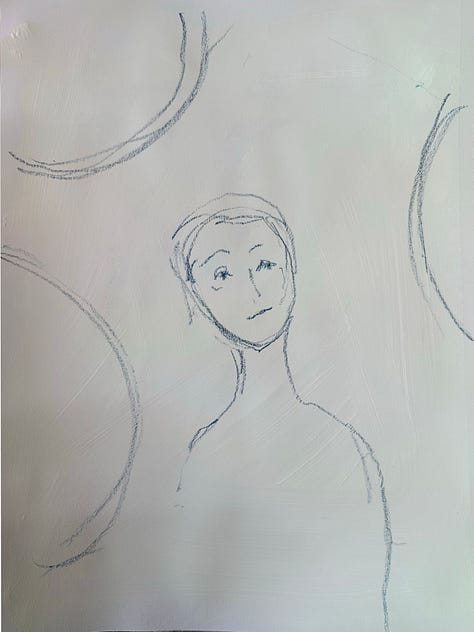
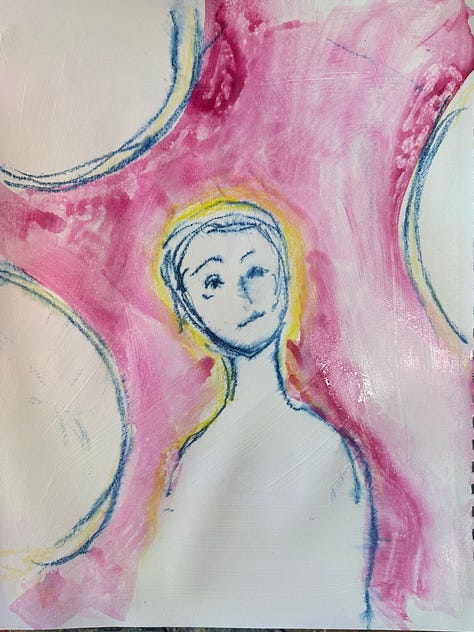
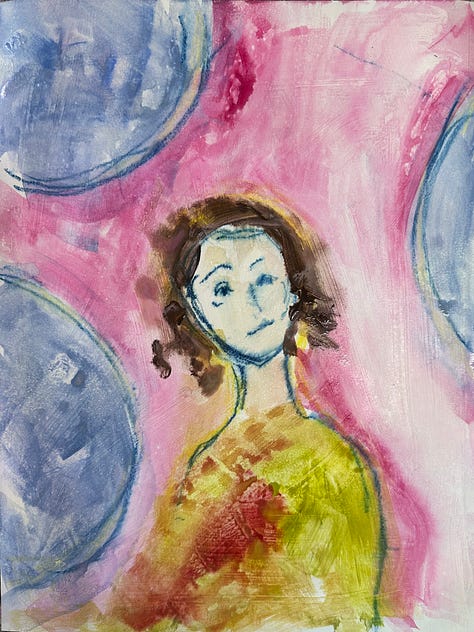


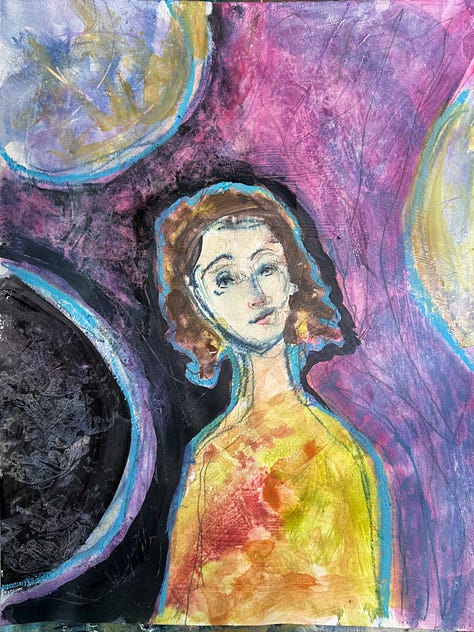

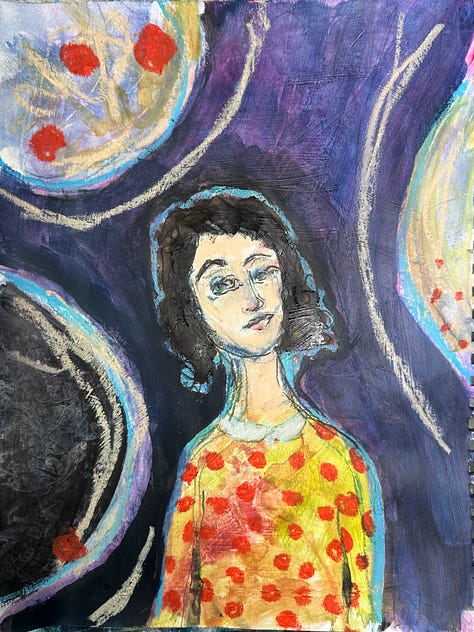

So, when I come to the clean white page with a plan to make that first mark, all sorts of problems arise. Even for artists who carefully plan compositions and make studies and sketches, once you start on the “real” painting, I guarantee you, something will go awry. The whole process turns into course correction. Mostly, they are small adjustments, but from time to time, I can wind up in a real jam.
At this point, I don’t know that problem solving is the best way to describe things. Decision making seems more apt: lighter/darker, bigger/smaller, sharper/blended, realistic/abstracted. I make each mark in response to the one before. It’s a big dance of too much/not enough until all the pieces fit. While is seems like a purely creative process, there’s a ton of critical thinking that goes on, exactly like when I solved problems for a living! It’s just a whole lot more fun, plus, there are no consequences for effing up.
Thanks again for hanging out with me here, I really do appreciate the connection to you lovely humans.





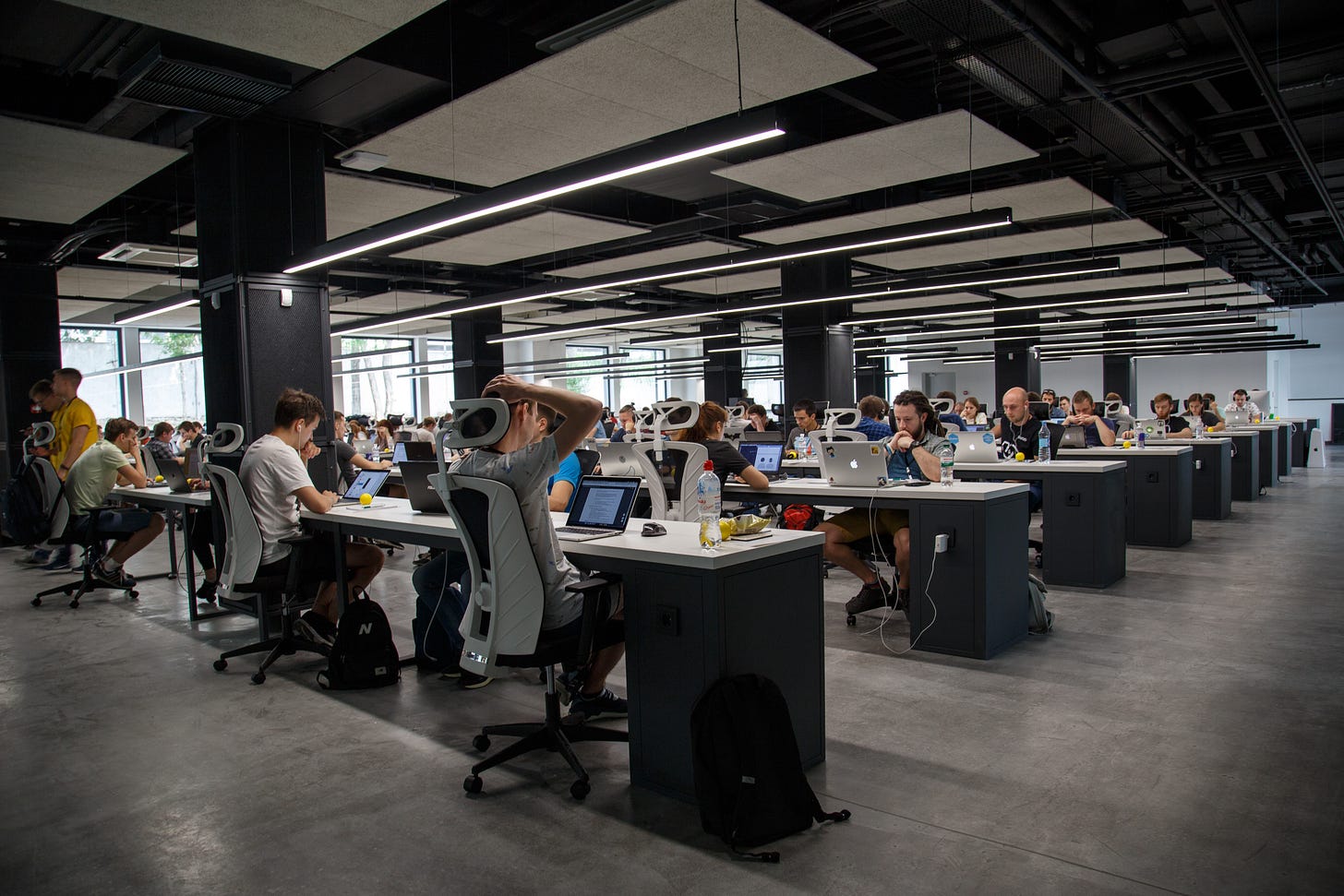
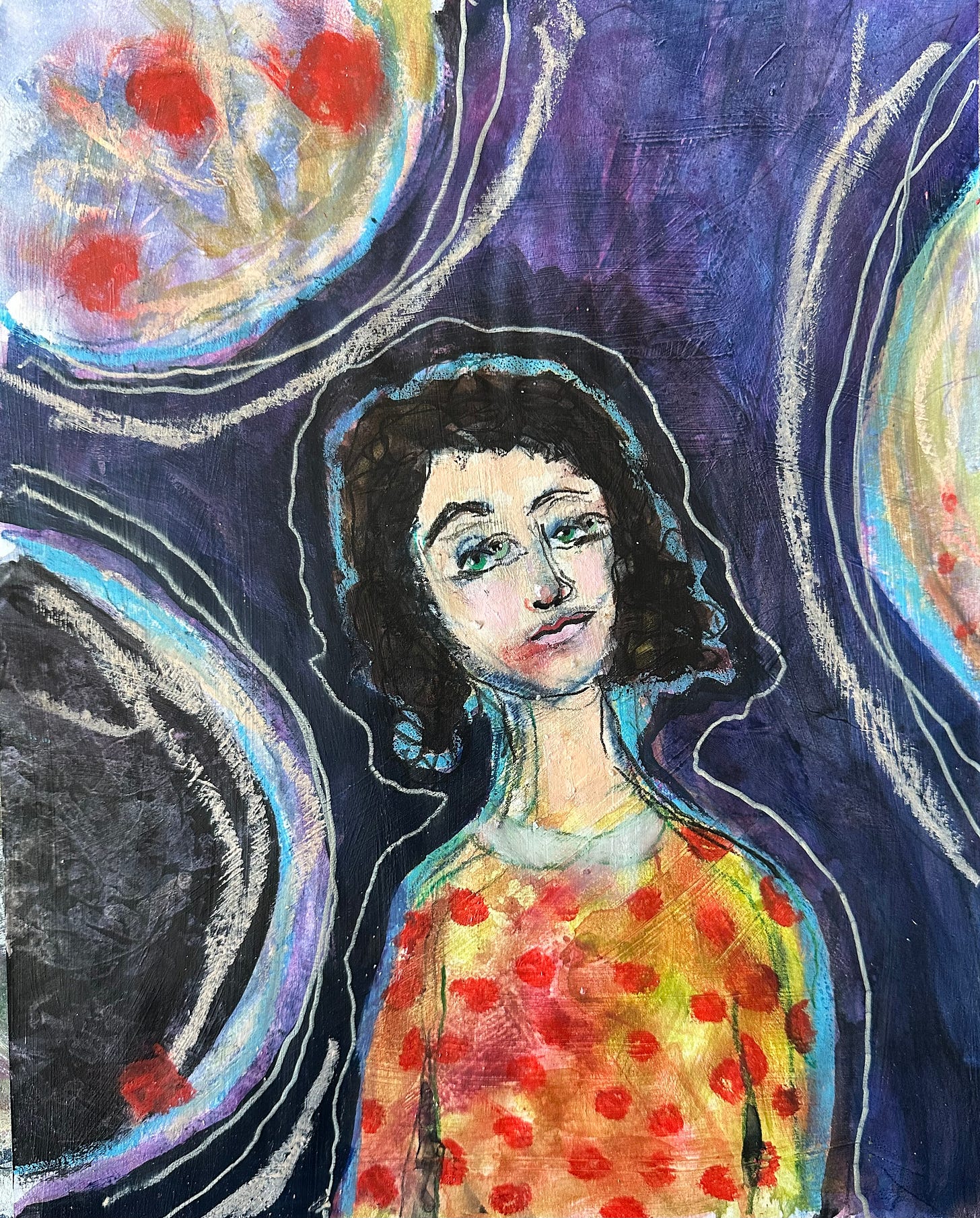
Molesting a canvas, a sketchpad, a virtual page in a Word document, a yellow legal pad sheet - all can be terrifying or joyful or hopeful or or or..... may you be brave today! Hugs, Deb